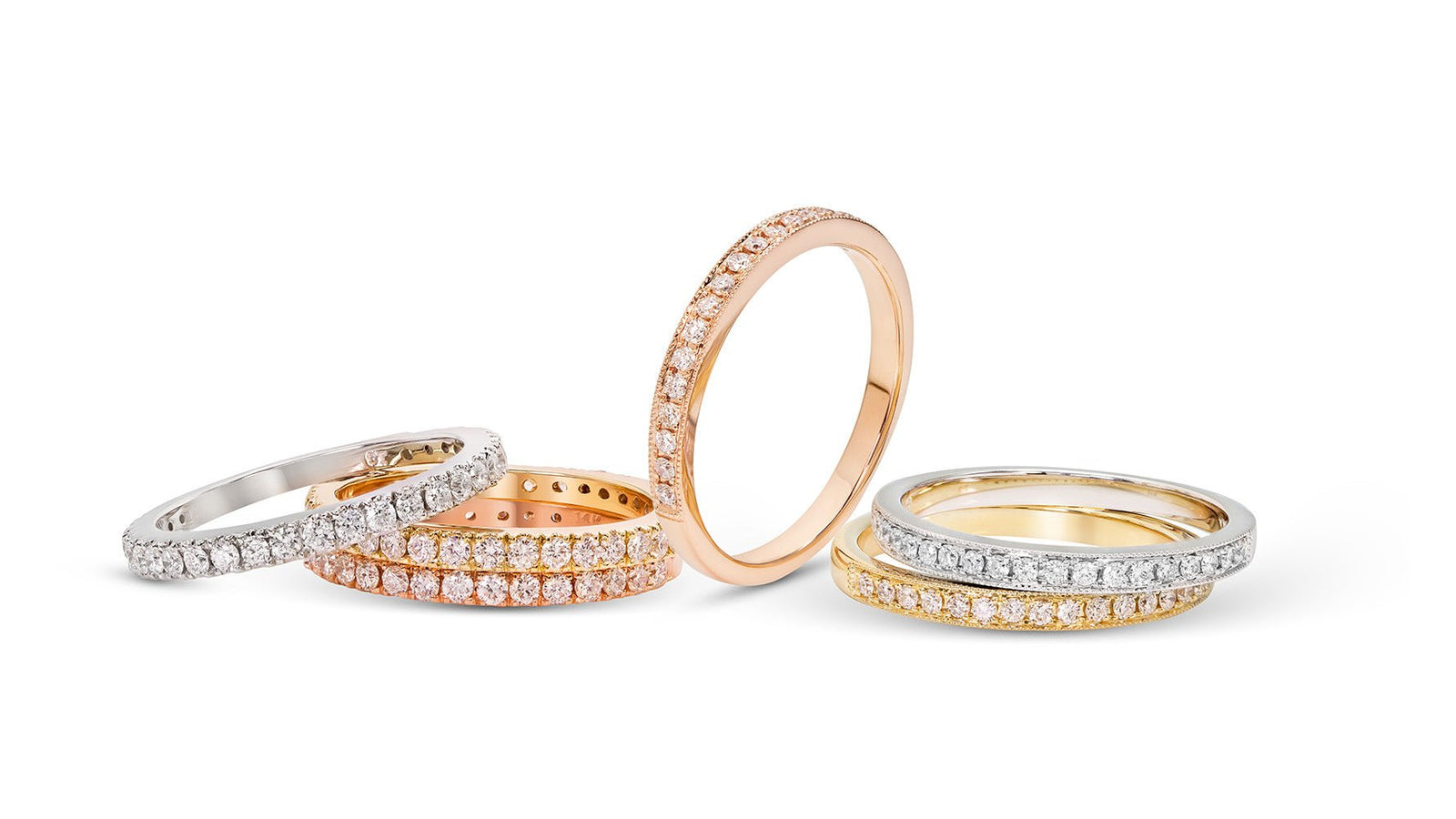When it comes to diamonds, the term "carat" frequently enters the conversation, capturing the fascination of buyers and enthusiasts alike. But what exactly is a carat, and why does it hold such significance in the world of diamonds?
What is Diamond Carat?
The term "carat" refers to the unit of weight used to measure diamonds and other gemstones. Contrary to a common misconception, it does not directly measure a diamond's size, but rather its weight. One carat is equivalent to 200 milligrams or 0.2 grams. This metric was standardised in the early 20th century and is universally used today, ensuring consistency in the valuation and classification of diamonds worldwide.
The Origin of the Carat
The word "carat" has fascinating origins, deriving from the carob seeds that were historically used as a reference for weighing precious stones. These seeds had a remarkably consistent weight, making them an ideal natural standard for merchants in ancient times. Although modern scales have long replaced carob seeds, the legacy of the term "carat" persists, symbolising precision and value in the gemstone industry.
Why Carat Weight Matters
Carat weight is a pivotal factor in a diamond's value and price. Larger diamonds are rarer than smaller ones, making them significantly more valuable. This rarity factor means that diamond prices rise exponentially with carat weight rather than linearly. For example, a 2-carat diamond will typically cost more than twice as much as a 1-carat diamond of similar quality in other respects (cut, colour, and clarity).
Carat vs. Size: Understanding the Difference
It's important to note that while carat weight influences a diamond's size, it is not the sole determinant. The cut and shape of a diamond also play crucial roles in its overall appearance and brilliance. A well-cut diamond can appear larger than another diamond of the same weight if it is cut to maximize surface area. Additionally, the setting of the diamond can affect how large the diamond appears once placed in jewellery.





